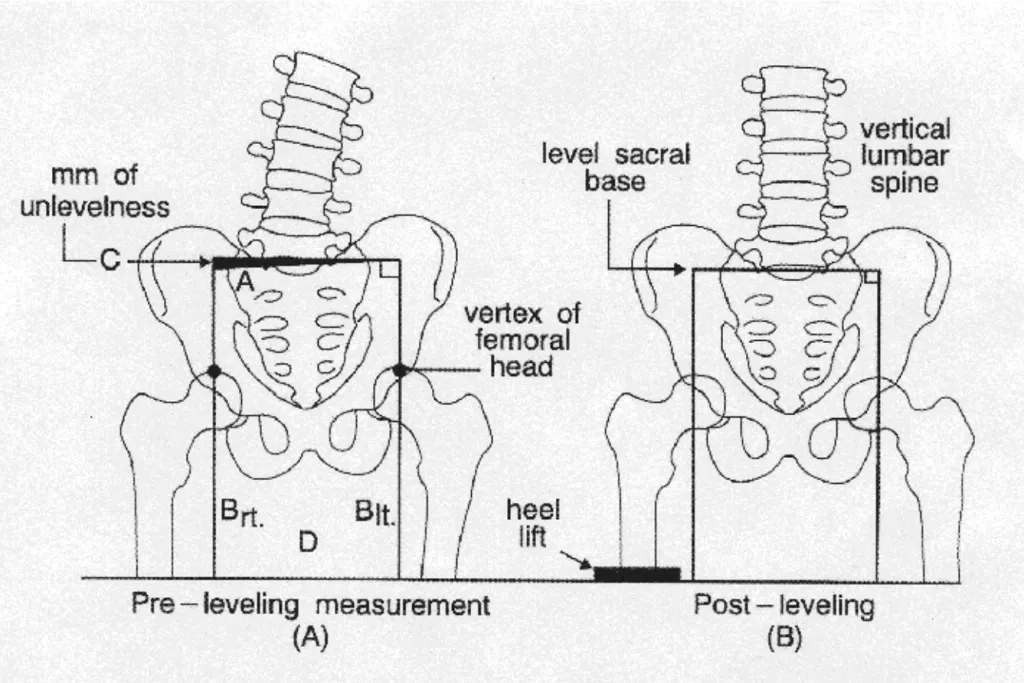
A short leg, or anatomical leg length inequality (LLI), occurs when the actual bony length of one lower limb differs from the other—typically due to variations in the femur or tibia length. While a difference of up to 3 mm is considered normal, studies show that even a 5 mm discrepancy can significantly increase the likelihood of low back pain, postural imbalances, and joint strain.
For adults, a true short leg cannot be corrected without surgery, but it can often be effectively compensated for with a precisely calculated shoe lift, helping restore balance and reduce discomfort. In children, however, early intervention can naturally support correction, especially before age 11 in girls and 13 in boys. With the right chiropractic care and treatment protocols, leg length discrepancies can improve at an average rate of 1 mm per month, with some cases achieving significant correction beyond the expected age range.
It’s important to distinguish between true anatomical leg length differences, which require specialized x-ray measurements, and functional discrepancies caused by muscle imbalances or spinal misalignment. While functional short leg cases can often be corrected through chiropractic adjustments and postural alignment, a true bony length difference requires a more strategic approach to compensation and management.
Effects of Leg Length Discrepancy on Your Body
How Nervous System Stress Impacts Your Hormones.
When your nervous system stays on high alert, it doesn’t just make you feel frazzled…
Why Miracle Life Chiropractic in North Brisbane is Different?
We understand you’re looking for a quick fix. When pain strikes or your body feels…
What Is a Subluxation and Why Should You Care?
If you’ve ever felt persistent tension in your neck, unexplained fatigue, or even digestive discomfort,…
How Stress Impacts Your Nervous System and Spine
Stress isn’t just a mental burden — it leaves a physical imprint on your body,…
How Chiropractic Care in North Brisbane Deeply Alleviates Sitting-Induced Tension
Long hours at your desk can tighten muscles, stiffen joints, and distort posture—leading to chronic…
Understanding Your Nervous System in North Brisbane: Sympathetic vs Parasympathetic
When it comes to stress, recovery, and overall wellbeing, your autonomic nervous system plays a…